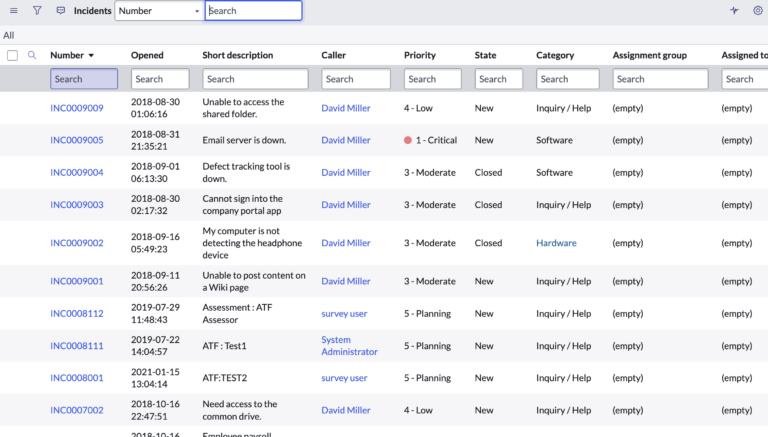Decoding ITIL in ServiceNow: A Deep Dive into Incidents, Problems, and Changes
ServiceNow, revered for its unmatched IT Service Management (ITSM) capabilities, anchors its prowess in the principles of ITIL (Information Technology Infrastructure Library).
But what is ITIL, and how does it intersect with the triad of incidents, problems, and changes in ITSM?
For ServiceNow admins, this understanding is not just beneficial—it’s foundational.
ITIL is a recommendation and has been declining a bit in popularity, in my opinion. 10 years ago, everyone was talking about it. Now, if you bring up ITIL in a meeting, people might roll their eyes.
What is ITIL?
ITIL is a globally accepted set of practices for IT service management. It provides a blueprint to ensure that IT services align closely with the needs of the business. Born out of the UK’s government’s efforts to improve IT service in the 1980s, ITIL has grown into a leading standard for IT service delivery worldwide.
Why ITIL Matters in ServiceNow
When using ServiceNow, the ITIL framework is everywhere, from its approach to handling incidents to its strategy for executing changes. Mastery over ITIL concepts empowers admins to better navigate ServiceNow, enhancing service delivery, reducing outages, and ensuring consistent user satisfaction.
Incidents, Problems, and Changes: The ITIL Perspective
- Incidents:
- Definition: An incident refers to any event that disrupts the normal operation of a service.
- ServiceNow Application: Users report service disruptions, which are then tracked and resolved in ServiceNow’s Incident Management module.
- Real-world Example: A sudden network outage preventing all employees from accessing the company intranet.
- Problems:
- Definition: A problem is the root cause of recurring incidents.
- ServiceNow Application: When multiple incidents share a common root cause, they’re classified under Problem Management in ServiceNow.
- Real-world Example: Repeated network outages traced back to a faulty router.
- Changes:
- Definition: A change is any alteration made to the IT environment to rectify an issue or to improve a service.
- ServiceNow Application: Changes, from minor patches to major system overhauls, are managed through ServiceNow’s Change Management module.
- Real-world Example: Installing a software update to address security vulnerabilities.
The Strengths and Limitations of the ITIL Framework
Pros:
- Standardized Service Delivery: ITIL provides clear guidelines, ensuring consistent quality across IT services.
- Risk Reduction: Its structured approach aids in preempting issues and reducing service outages.
- Global Recognition: With its widespread adoption, ITIL practices and certifications are respected worldwide.
Cons:
- Potential Overhead: For smaller organizations, ITIL’s exhaustive protocols might feel burdensome.
- Perceived Rigidity: Critics argue that ITIL’s defined processes can occasionally stifle innovation.
- Resource Investment: Full ITIL adoption and training require significant time and financial commitments.
Why Consider ITIL Certification?
An ITIL certification is a testament to an individual’s proficiency in IT service management. For ServiceNow admins, this not only boosts professional credibility but also enhances the understanding and application of ServiceNow’s ITSM modules.
Essential Takeaways for ServiceNow Admins
- Prioritize Security: Whether managing incidents or implementing changes, always uphold the highest security standards to protect data and services.
- Beware of Common Mistakes:
- Misclassification: Ensure issues are correctly tagged as incidents, problems, or changes.
- Skipping Steps: Adhere to ITIL guidelines; avoid shortcuts in processes.
- Communication Gaps: Keep stakeholders informed at all stages, especially during service-affecting changes.
Concluding, the worlds of ServiceNow and ITIL are intricately linked. For ServiceNow admins, understanding the nuances of ITIL—from its foundational principles to its application in incident, problem, and change management—is instrumental.
As the IT landscape evolves, so will ITIL and ServiceNow, but the ethos of structured, efficient, and standardized IT service delivery will remain unchanged.

